When it comes to fresh, nutritious greens, the first thing that often comes to mind is a trip to the grocery store. However, you might be surprised to learn that there is a wealth of edible greens growing right in your own backyard. Nature has a way of providing us with delicious and nutritious greens that flourish without much effort or intervention. In this article, we’ll explore the hidden bounty of edible greens that grow naturally in your backyard, offering a sustainable and cost-effective way to incorporate fresh greens into your diet.
Dandelion Greens:
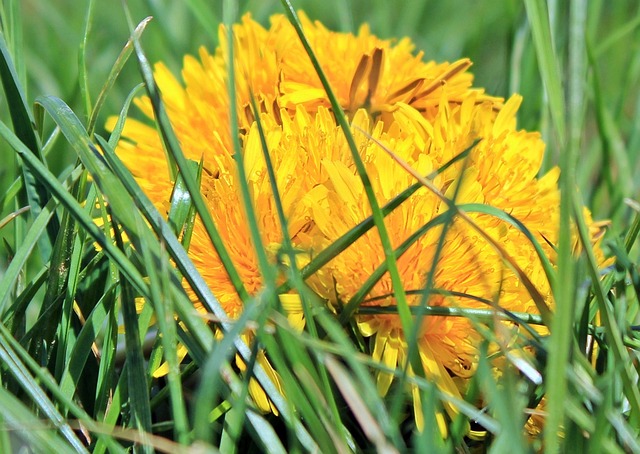
While many see dandelions as pesky weeds, their leaves are a delightful addition to salads and stir-fries. Dandelion greens are packed with vitamins A, C, and K, as well as calcium, iron, and potassium. The young leaves have a slightly bitter taste, which can be balanced with a tangy dressing or combined with other milder greens.
Nettle:
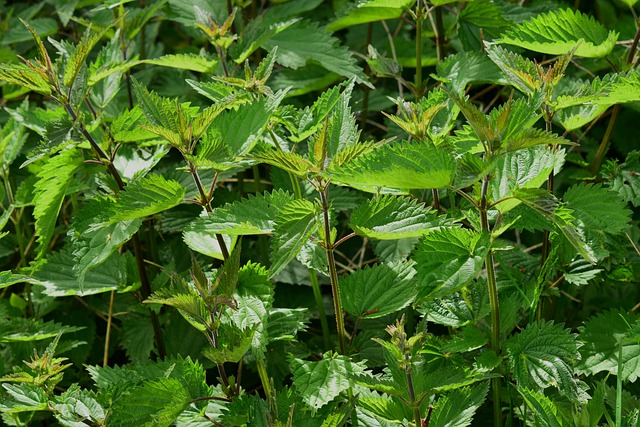
Despite its sting, the nettle plant offers an array of health benefits. Its leaves are rich in iron, calcium, and vitamins A and C. Once the nettles are blanched or cooked, their stinging hairs are neutralized. Use gloves to harvest the young, tender leaves and enjoy them in soups, teas, or as a substitute for spinach in various recipes.
Purslane:

Purslane is a succulent plant with a mild, slightly tangy flavor. It boasts an impressive nutritional profile, high in omega-3 fatty acids, antioxidants, and vitamins A, C, and E. Its crunchy texture makes it a great addition to salads, sandwiches, and stir-fries. Purslane can easily propagate itself, so once it establishes itself in your garden, you’ll have a constant supply of this nutritious green.
Chickweed:
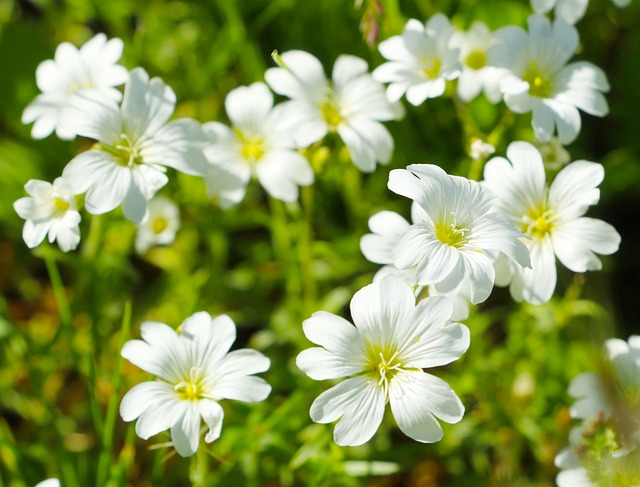
Chickweed is a delicate, edible plant that thrives in many backyards. Its tender leaves have a mild flavor reminiscent of spinach or lettuce, making them a versatile ingredient in salads and sandwiches. Chickweed is a good source of vitamins A and C, as well as calcium, iron, and potassium. Keep in mind that it grows prolifically, so harvesting regularly will help control its spread.
Lamb’s Quarters:
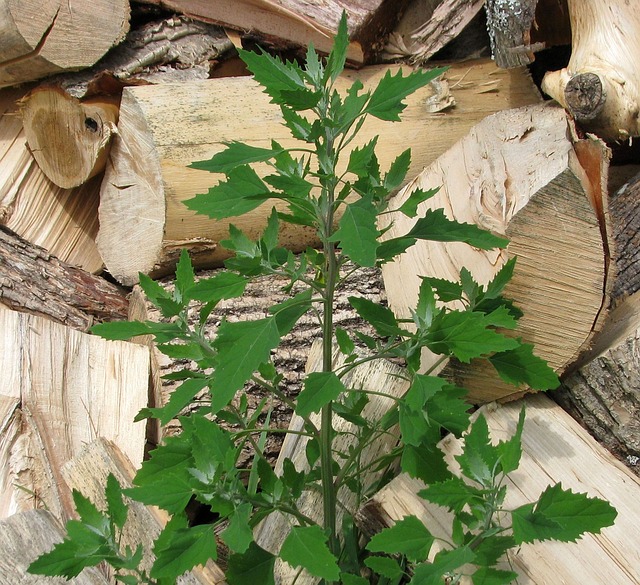
Lamb’s quarters, also known as wild spinach, is a nutrient-rich green that grows abundantly in backyard gardens. Its leaves resemble spinach, with a slightly earthy flavor. Lamb’s quarters are high in vitamins A and C, calcium, and iron. They can be used in salads, cooked as a side dish, or added to soups and stews for a nutritious boost.
Wild Amaranth:
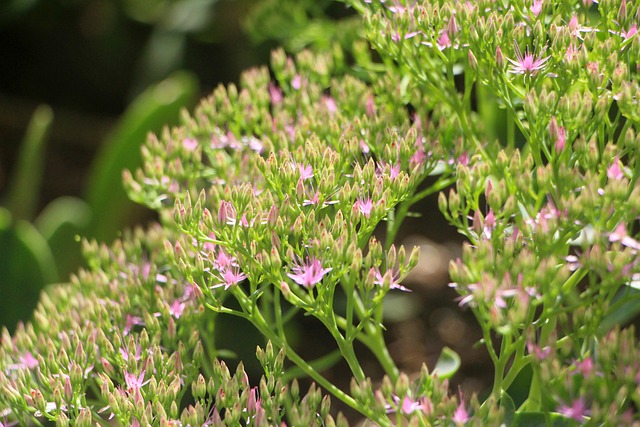
Wild amaranth, or pigweed, is a leafy green that can be found in many backyards. Its leaves are rich in vitamins A and C, calcium, and iron. The young leaves have a mild, spinach-like flavor, while the more mature leaves have a slightly stronger taste. Use wild amaranth in salads, sautés, or as a substitute for spinach in recipes.
Before you dismiss the plants growing wild in your backyard as mere weeds, take a closer look. Many of these plants offer a treasure trove of edible greens, providing an abundance of fresh and nutritious options for your table. By foraging and incorporating these backyard greens into your meals, you can tap into nature’s hidden bounty and enjoy a sustainable and cost-effective source of fresh greens right at your doorstep. So, the next time you step outside, keep an eye out for these edible treasures, and let your backyard become a flourishing garden of nutritious delights.





